Tea has been a staple beverage for centuries, cherished for its aromatic flavors and numerous health benefits. However, there has been a recent surge in interest in growing and harvesting one’s tea leaves as people seek to experience the full process of creating their beloved drink.
This has led to tea gardens, where individuals can cultivate various tea plants and learn about tea making. Here we will guide you on planning, planting, and maintaining a beautiful and impressive tea garden. We will cover everything from selecting the perfect plants for your garden to processing them into tea leaves.
Gardening has therapeutic benefits that can help reduce stress and improve mental health. With our step-by-step guide, you can start sipping your freshly brewed homegrown tea quickly. We will also discuss growing an impressive tea garden.
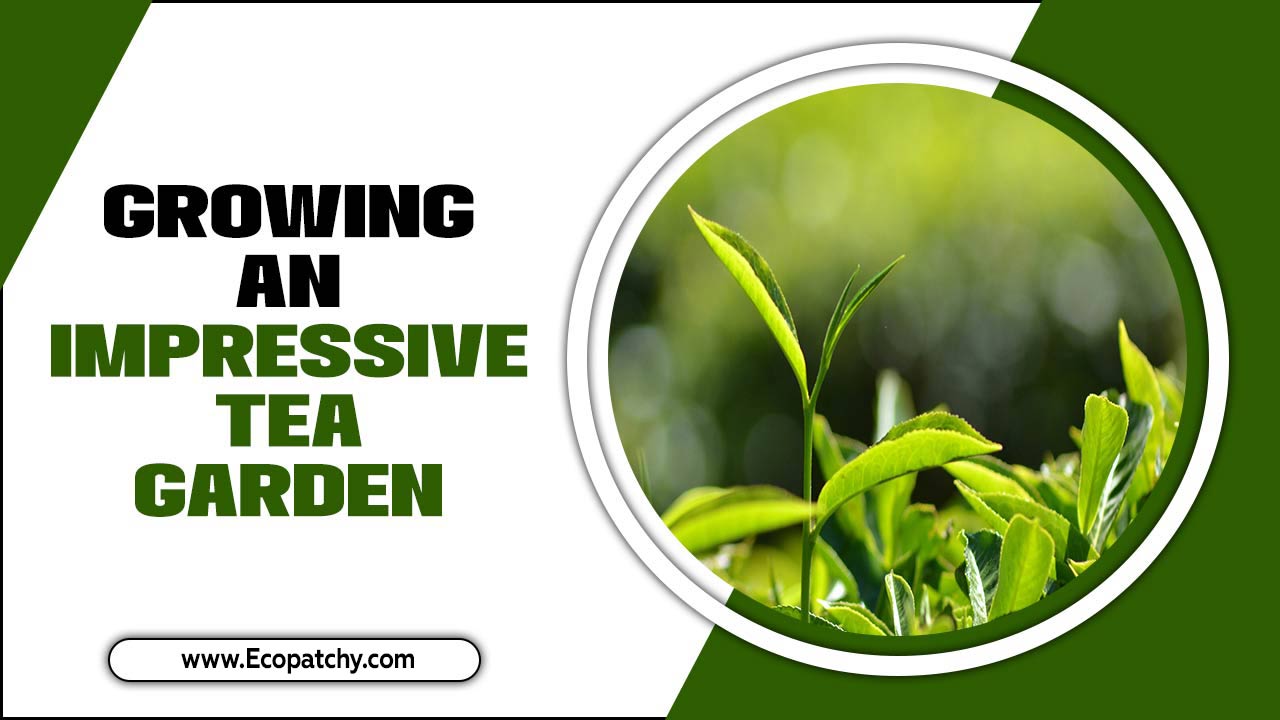
The Joy Of Cultivating Your Own Tea Garden

Turn your love for tea into a rewarding and fulfilling hobby by cultivating your garden. Experience the joy and satisfaction of growing and harvesting your tea leaves in your backyard. Create a serene and tranquil space to immerse yourself in nurturing plants and reconnect with nature.
Cultivating a tea garden allows you to customize your tea blends to suit your tastes, creating unique and personalized flavors. Embark on a journey of self-sufficiency and wellness by growing your tea, boosting your immune system with vitamin C-rich herbs, and enjoying the therapeutic benefits of gardening.
The Therapeutic Benefits Of Gardening
Gardening offers a therapeutic escape from the pressures of daily life, providing a chance to unwind and find solace in nature. Engaging in gardening promotes relaxation and helps reduce anxiety, improving mental well-being. The physical activity involved in tending to a garden also enhances physical fitness.
Moreover, gardening allows you to connect with nature, fostering a sense of purpose and accomplishment as you nurture your plants. Whether digging in the soil, pruning, or simply admiring the beauty of your garden, spending time in nature and embracing the joys of gardening can profoundly impact your overall wellness.
Launching The Project: Planning Your Tea Garden
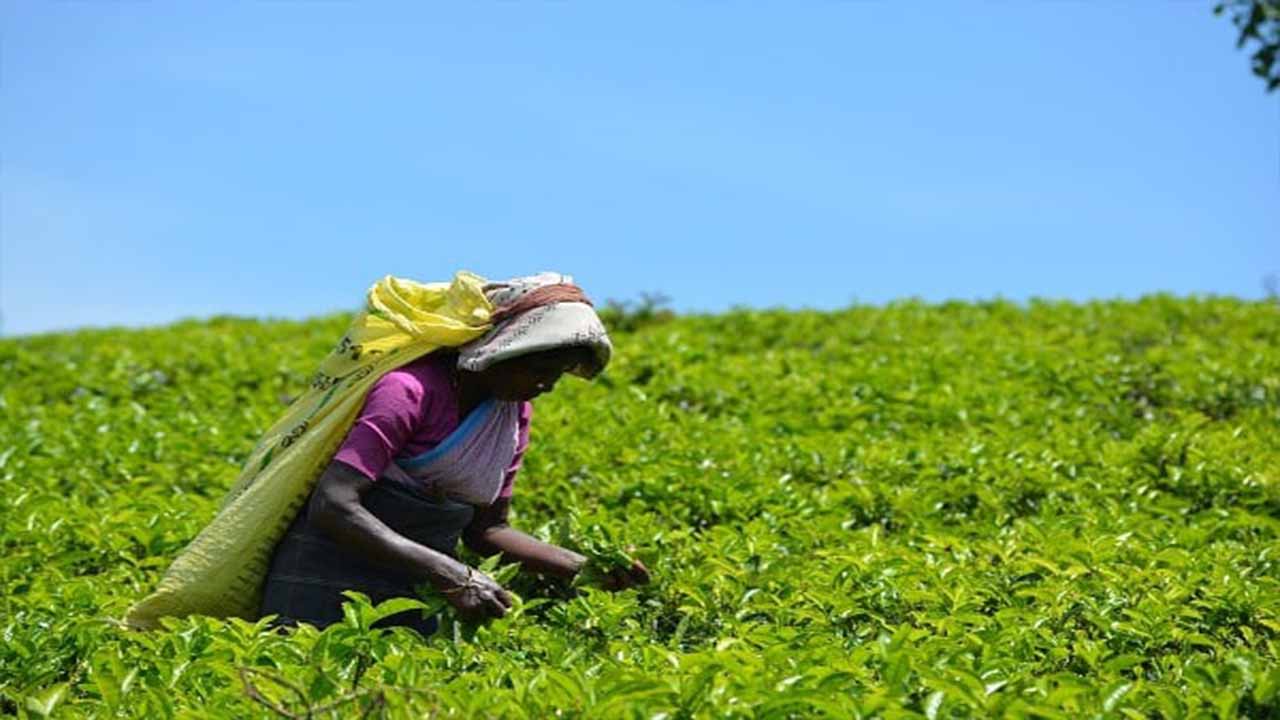
When embarking on growing an impressive tea garden, it is crucial to start with careful planning. Begin by creating a detailed plan that considers the space you have available for your tea garden. Research the climate in your area to select tea plant varieties that thrive in that specific environment.
Additionally, determine the ideal soil conditions for growing tea plants, ensuring good drainage and a moisture level suitable for their growth. Lastly, plan the layout of your tea garden, including pathways and seating areas, to create a welcoming and functional space.
Essential Factors To Consider: Climate, Soil, And Space
When creating an impressive tea garden, it is essential to consider the climate, soil, and space. Select tea plant varieties well-suited to your specific climate, ensuring they will thrive in your region. Also, ensure your tea garden has well-draining soil to prevent root rot.
Tea plants require ample sunlight, so choose a location that receives at least 4-6 hours of direct sunlight. It is also important to consider the space requirements of each tea plant variety before planting, as adequate spacing promotes healthy growth and discourages disease. Considering these factors, you can create an impressive tea garden that flourishes with beautiful and flavorful tea leaves.
Growing An Impressive Tea Garden: A Complete Guide

Planning and designing your tea garden layout is crucial for maximizing space and ensuring proper plant placement. Consider the specific growing requirements of different tea herbs to create a thriving garden. Incorporate companion plants like bee balm to attract beneficial insects and deter pests.
Regularly monitor and adjust your gardening practices based on your tea garden’s needs for long-term success. Finally, sharing your love for tea gardening with others fosters a sense of community and appreciation for this timeless tradition.
With careful planning and nurturing, your tea garden will flourish, providing you with an endless supply of soothing and invigorating brews. Here are some guides on growing an impressive tea garden.
Selecting The Perfect Plants For Your Tea Garden
When creating your tea garden, it’s essential to carefully select the perfect plants that will thrive in your climate. Take the time to research and choose tea plant varieties that are well-suited to your specific region. Consider different tea plant cultivars’ flavor profiles and characteristics to create a diverse and flavorful garden.
Additionally, explore the range of mint family plants, which can add variety and depth to your tea garden. Don’t forget to include lemon balm for its refreshing citrusy flavor and lavender plants for their calming scent and subtle floral notes.
Understanding The Tea Plant
The tea plant, scientifically known as Camellia sinensis, is the ultimate source of all true teas. Various types of tea are produced from its leaves, each with its distinct flavors and characteristics. Understanding the cultivation and processing methods involved in creating different types of tea is essential for tea enthusiasts.
Additionally, exploring the tea plant’s rich history and cultural significance adds a fascinating layer to the tea-drinking experience. With different tea plant cultivars and unique qualities, tea lovers can embark on a flavorful journey combining wellness, tradition, and the art of tea brewing.
The Versatility Of The Mint Family

Discover the incredible versatility of the mint family plants that can be grown in your tea garden. From peppermint to spearmint, these popular choices add refreshing flavors to your tea blends. However, the uses of mint family plants extend beyond tea-making. They also have culinary and medicinal applications, making them a valuable addition to any herb garden.
Experimenting with different mint family herbs allows you to create unique and flavorful tea blends. The best part? Mint family plants are known for their hardiness and low maintenance requirements, making them an excellent choice for experienced and novice gardeners.
Why Lemon Balm Is A Must-Have
Lemon balm is a wonderful addition to your tea garden, offering a zesty lemon flavor and delightful aroma. This versatile herb enhances the taste of your tea blends and provides numerous health benefits. With its medicinal properties, lemon balm can soothe headaches, aid digestion, and promote relaxation, making it an excellent choice for herbal tea enthusiasts.
Beyond tea-making, lemon balm can be used in cooking and even aromatherapy. Its calming effects on the mind and body make it a must-have herb for any tea garden. Experiment with combining lemon balm with other herbs to create unique and refreshing tea blends.
The Aromatic World Of Lavender
Delve into the enchanting realm of lavender, a delightful addition to your tea garden. Explore an array of lavender varieties that can thrive in your herb garden, offering a feast for the senses. Experience the soothing effects of lavender tea, renowned for its calming and stress-relieving properties.
Unleash your creativity by experimenting with lavender-infused blends, combining its fragrant buds with other herbs. As you sip on your homemade creation, be transported by the heavenly aroma that envelops you. Lavender’s allure extends beyond tea, making it a popular ingredient in skincare products and delectable culinary recipes. Indulge in the aromatic wonders of lavender and embrace its multifaceted potential.
Roses: Adding Beauty And Flavor To Your Garden
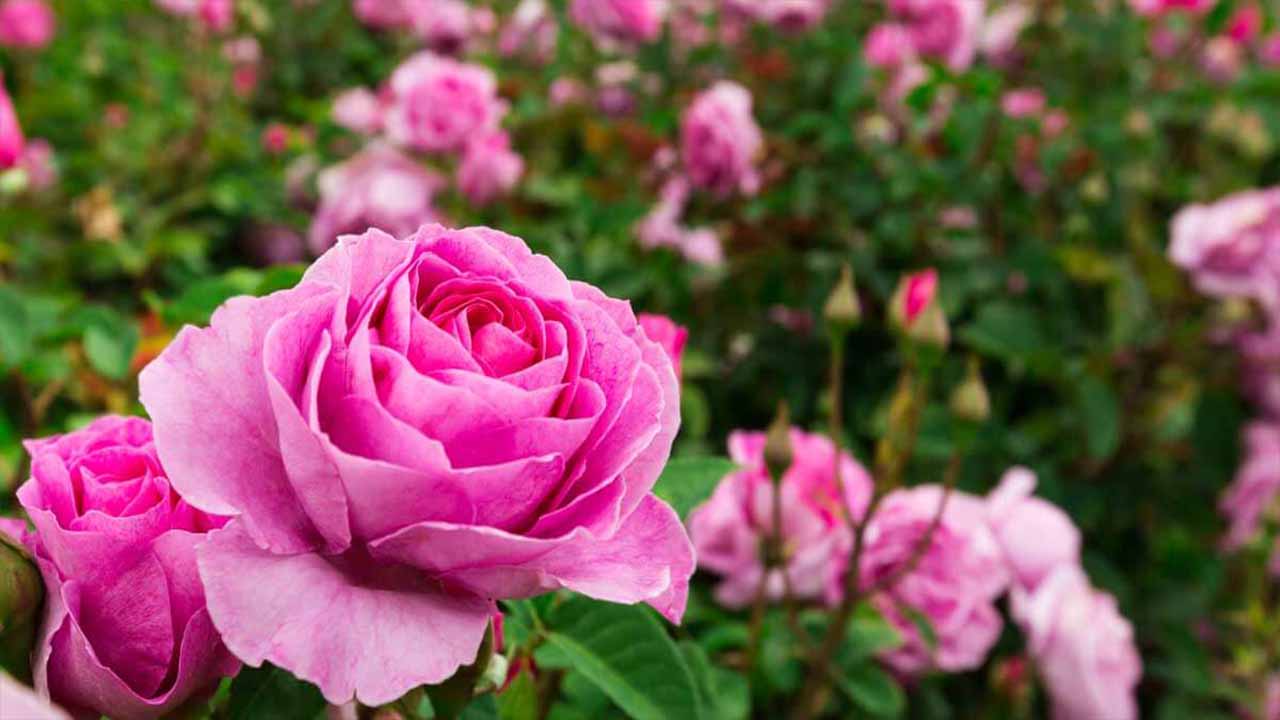
Add a touch of elegance and flavor to your tea garden by incorporating rose plants. These beautiful blooms and aromatic petals enhance the aesthetics and provide a sensory delight. Explore the variety of roses suitable for tea-making, each offering its unique characteristics.
Roses can impart delicate floral flavors and scents to your tea, creating an enchanting experience. Mix rose petals with other herbs to create fragrant tea blends tantalising your taste buds. In addition to their beauty and flavor, roses offer various health benefits, making them a valuable addition to your tea garden.
Can Homegrown Chamomile Replace Store-Bought Tea?
Many tea enthusiasts wonder if homegrown chamomile can replace store-bought tea. The answer is yes! Growing your chamomile plants can provide you with a fresh and flavorful tea source. Not only is it a cost-effective option, but it also allows you to have complete control over the quality and purity of your tea.
By harvesting and drying the flowers properly, you can create a soothing and aromatic chamomile tea that rivals any store-bought brand. So, if you want to elevate your tea-drinking experience, consider growing your chamomile garden and enjoy the satisfaction of sipping on tea made in your backyard.
Growing And Caring For Chamomile In Your Tea Garden
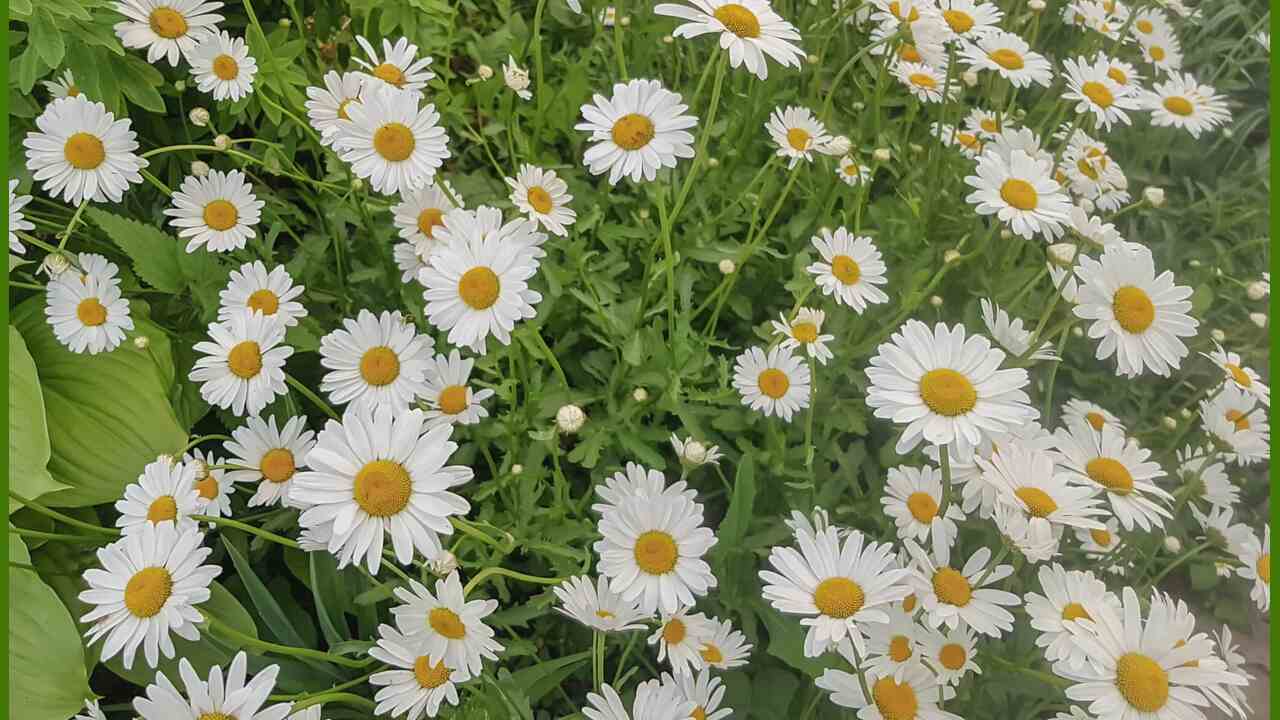
Chamomile, a low-maintenance perennial herb, thrives in full sun and well-draining soil. To ensure its flourishing growth, regular watering and occasional fertilization are essential. Pruning chamomile promotes bushier growth and more abundant blossoms, enhancing the beauty of your tea garden.
When harvesting chamomile flowers, waiting until they are fully open is best to ensure the highest potency. With its calming properties and potential health benefits, chamomile is an excellent addition to any herbal tea garden. Its blooms not only attract pollinators but also provide you with the perfect ingredients for a soothing cup of chamomile tea.
Maintaining Your Tea Garden: A Labor Of Love
Maintaining a tea garden can be a labor of love, but the rewards are worth it. The key to a thriving tea garden is regular care and attention. Following these maintenance tips ensures that your tea garden remains healthy and productive, providing you with a bountiful harvest of delicious leaves for brewing your homemade tea creations. Here are some tips to help you keep your tea garden in top shape:
- Prune Regularly: Pruning is essential for promoting healthy growth and ensuring that your plants don’t become overgrown. Trim back any dead or damaged branches and any branches blocking sunlight from reaching the rest of the plant.
- Weed Diligently: Weeds can quickly take over a tea garden if left unchecked. Take the time to pull out unwanted plants and regularly cultivate the soil to prevent new weeds from taking root.
- Water Wisely: Tea plants require consistent moisture but don’t like sitting in waterlogged soil. Be sure to water your garden regularly, especially during dry spells, but avoid overwatering.
- Fertilize Appropriately: Tea plants benefit from regular fertilization to promote healthy growth and abundant leaf production. Use a balanced organic fertilizer specifically formulated for tea plants, following the instructions on the package.
- Monitor Pests And Diseases: Keep an eye out for common pests such as aphids and mites and signs of diseases like root rot or leaf spot. If you notice any issues, take immediate action to prevent further damage.
Regular Care And Harvesting Tips
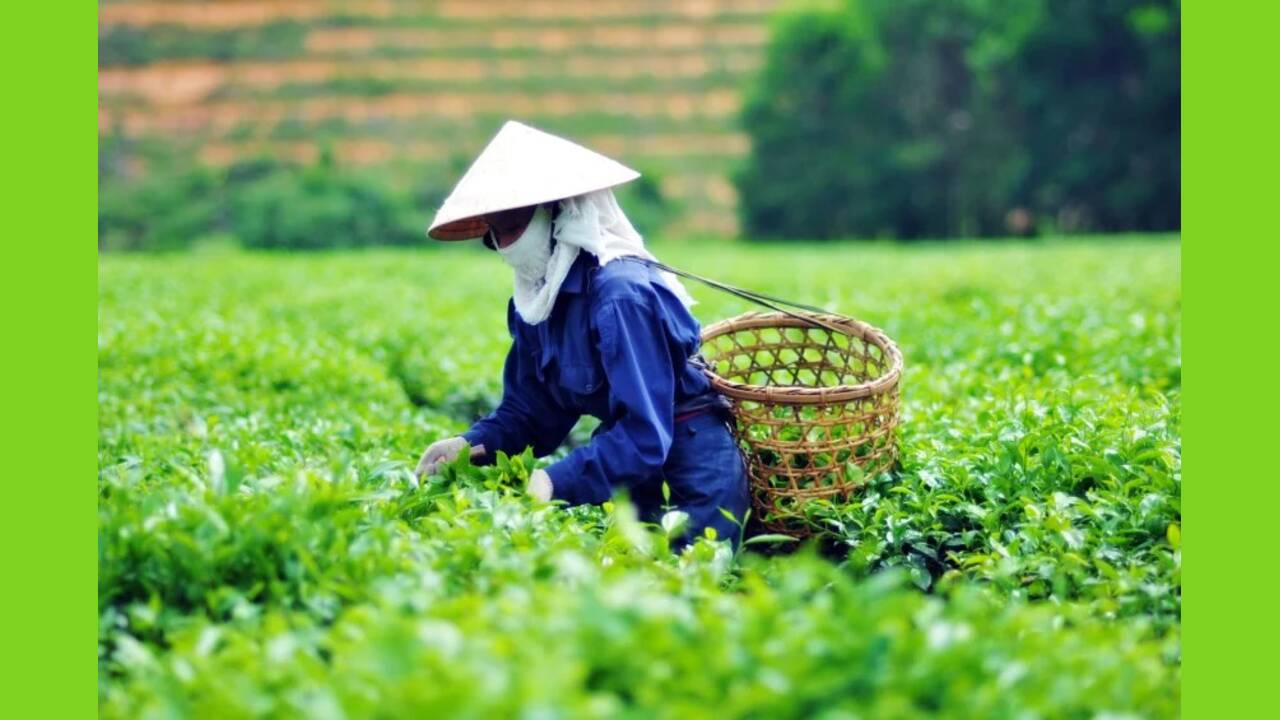
Growing an impressive tea garden requires regular care and attention. Following these care and harvesting tips ensures your tea garden thrives and produces high-quality leaves for brewing delicious teas. Here are some tips for maintaining your tea plants and harvesting the best leaves:
- Pruning: Regularly prune your tea plants to promote healthy growth and maintain their shape. Remove any dead or diseased branches and any overgrown or crowded areas.
- Watering: Tea plants require consistent moisture, so water them regularly, especially during dry periods. However, be careful not to overwater, as this can lead to root rot.
- Fertilizing: Use a balanced fertilizer specifically formulated for tea plants to provide essential nutrients. Apply the fertilizer according to the manufacturer’s instructions, usually in early spring and late summer.
- Pest control: Watch for common pests, such as aphids, mites, and caterpillars, which can damage your tea plants. Use organic pest control methods whenever possible to avoid harmful chemicals.
- Harvesting: The timing of tea leaf harvesting is crucial for flavor and quality. Generally, the best time to harvest is when the new leaves have fully emerged but are still young and tender. Use sharp scissors or shears to carefully trim off each branch’s top two leaves and a bud.
Ensuring The Health Of Your Garden: Dealing With Pests And Diseases
Regularly inspecting your tea garden is crucial to identify and address pest and disease issues before they become major problems. By using organic pest control methods like handpicking or introducing beneficial insects, you can maintain a healthy balance in your garden without resorting to harmful chemicals.
Proper sanitation practices, such as removing fallen leaves and debris, help prevent the spread of diseases. Consider using organic fungicides or planting disease-resistant varieties to control common tea garden diseases. Additionally, ensuring good airflow and avoiding overcrowding can reduce fungal disease risk. Remember, a healthy garden leads to thriving tea plants and a bountiful harvest.
From Garden To Cup: Processing Your Tea
Processing Your Tea is an important step from garden to cup. After harvesting, it’s crucial to dry the herbs in a well-ventilated area to preserve their flavor and aroma. Once dried, store the tea in airtight containers, away from direct sunlight and moisture, to maintain its freshness.
Combine different herbs and flavors to create unique tea blends that suit your taste. Grinding dried herbs into a fine powder makes brewing and infusion easier. Label and organise your tea collection to ensure easy access to your favorite blends. Enjoy the delightful experience of sipping on your handcrafted tea.
Steps To Dry And Prepare Your Herbal Tea
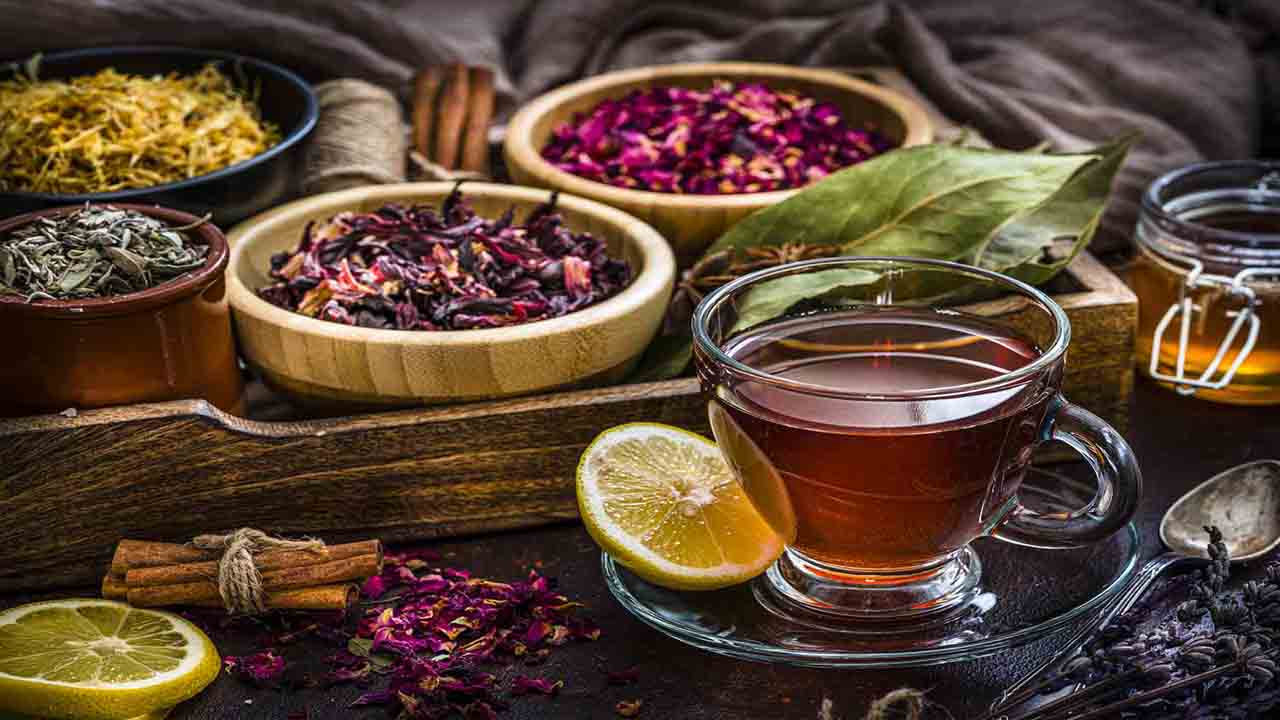
Drying and preparing your herbal tea can be a rewarding and enjoyable experience. Following these steps, you can create delicious and aromatic herbal teas from your garden. So embrace your inner tea enthusiast and start growing an impressive tea garden today! Here are some steps to help you dry and prepare your herbal tea:
- Harvest Your Herbs: Start by harvesting the herbs you want for your tea. Choose fresh, healthy leaves and flowers, and avoid using any damaged or wilted parts.
- Wash And Dry: After harvesting, gently wash the herbs to remove any dirt or debris. Pat them dry with a clean towel, or let them air dry.
- Dry The Herbs: You can use several methods to dry your herbs. One common method is air drying, where you hang the herbs upside down in a well-ventilated area away from direct sunlight. Another option is to use a dehydrator or an oven set at a low temperature.
- Store properly: Once your herbs are fully dried, store them in airtight containers such as glass jars or resealable bags. Keep them in a cool, dark place to preserve their flavor and potency.
- Prepare Your Tea: When ready to enjoy herbal tea, simply steep 1-2 teaspoons of dried herbs in hot water for 5-10 minutes. Adjust the steeping time based on your desired strength and taste preferences.
Conclusion
Growing your own tea garden is a rewarding and therapeutic experience and a great way to enjoy high-quality and flavorful teas. By carefully planning and selecting the right plants for your garden, such as tea plants, mint, lemon balm, lavender, and roses, you can create a diverse and impressive collection of herbs and flowers to elevate your tea-drinking experience.
Also, learning to properly care for and maintain your tea garden will ensure its health and longevity. From regular care and harvesting to dealing with pests and diseases, taking the time to cultivate and nurture your tea garden will result in a bountiful and delightful harvest. We’ve discussed growing an impressive tea garden.
Frequently Asked Questions
1.What Makes A Good Tea Garden?
Ans: A good tea garden is characterized by diverse tea plants, including Camellia sinensis and Camellia assamica. It should be situated in an area with well-draining soil and partial shade. Proper pruning and maintenance are vital for a thriving garden, while organic cultivation ensures high-quality leaves.
2.What Plants Make Great Tea?
Ans: Some popular tea plants include Camellia sinensis (tea plant), mint, chamomile, and lavender. You can also make herbal teas from lemon balm, rosehips, and echinacea. Experiment with different plant combinations to find your perfect cup of tea.
3.How Many Years Does It Take To Grow Tea?
Ans: Growing tea can take 3 to 5 years for the tea plant to mature enough to produce leaves. Factors like climate and soil conditions play a vital role in its growth. With proper care, tea bushes can continue to produce leaves for over 100 years.
4.What Do You Plant In A Tea Garden?
Ans: Some popular plants for your tea garden are camellia sinensis (tea plant), peppermint, chamomile, and lavender. You can also grow lemon balm, rose hips, and echinacea for various herbal teas. Research each plant’s growing requirements and add decorative elements like trellises or seating areas for a relaxing atmosphere.
5.What Can I Plant In A Tea Garden?
Ans: There are plenty of options for your tea garden. Consider growing chamomile, mint, lavender, and lemon balm. Tea bushes (Camellia sinensis) are perfect for true tea. Other popular choices include rose hips, hibiscus, and ginger. Remember to research the specific growing requirements for each plant.
